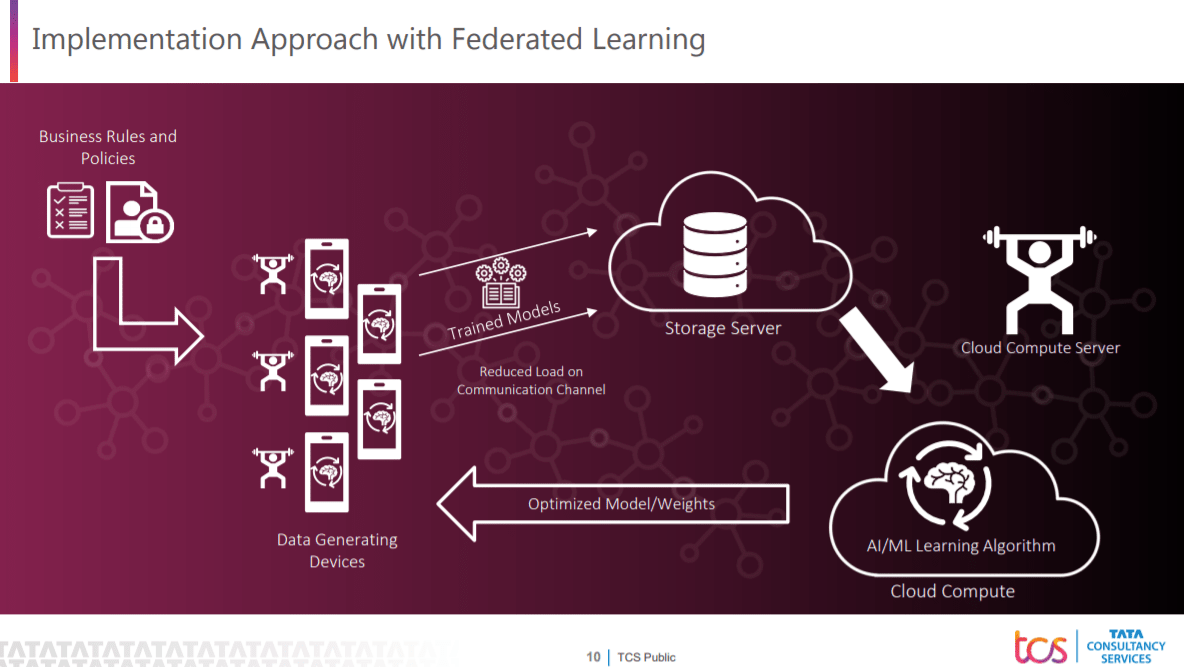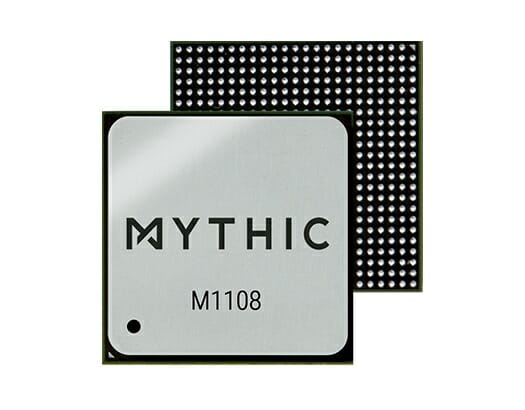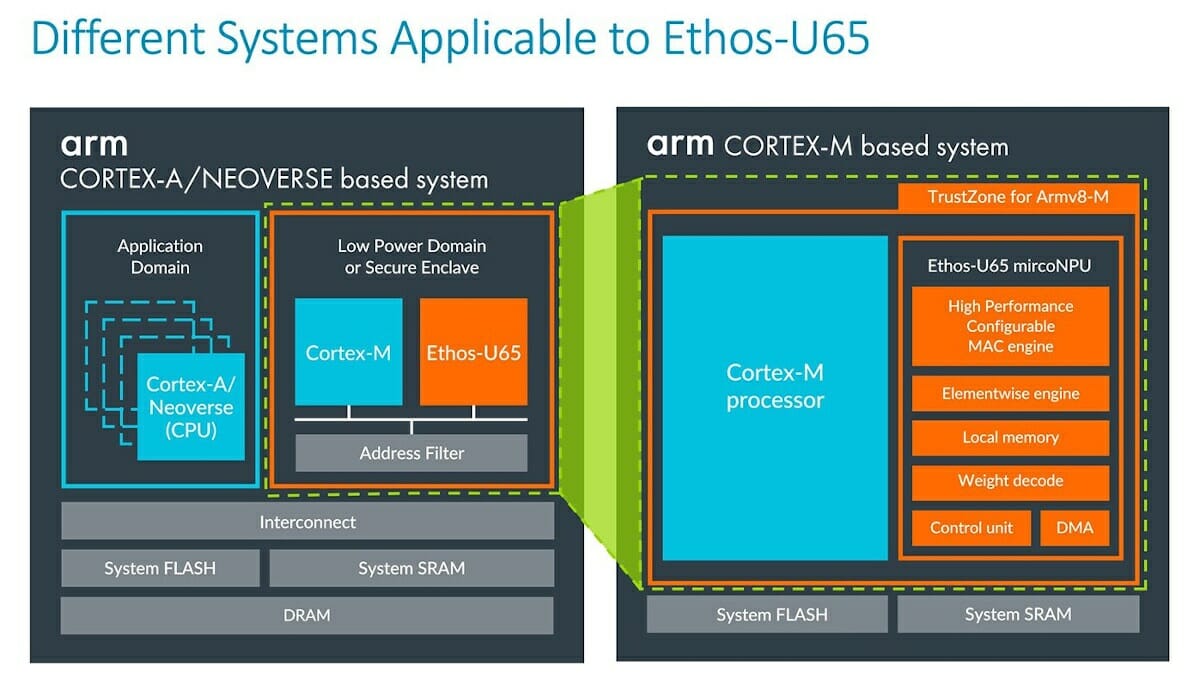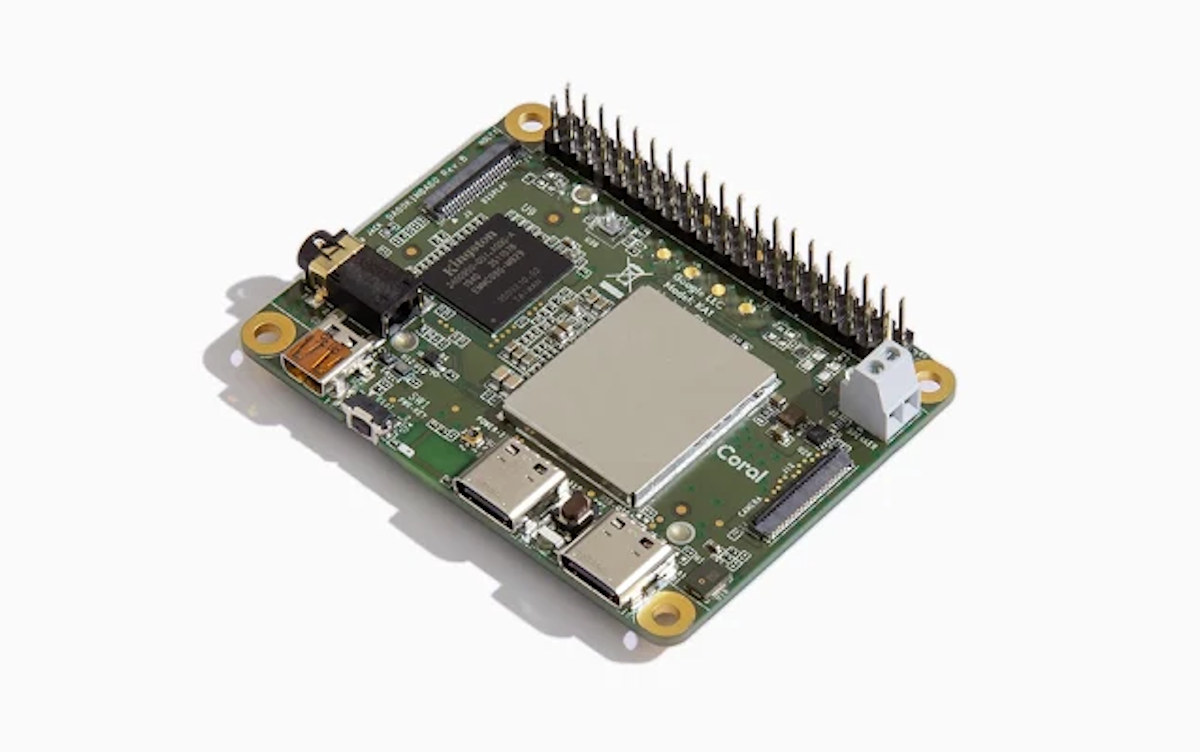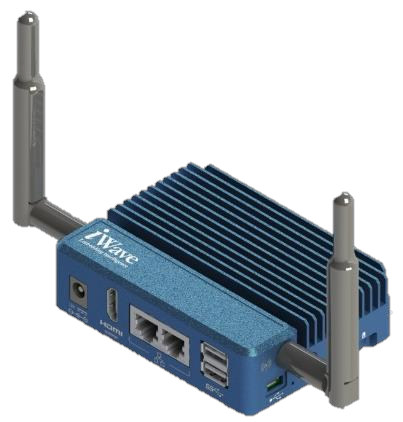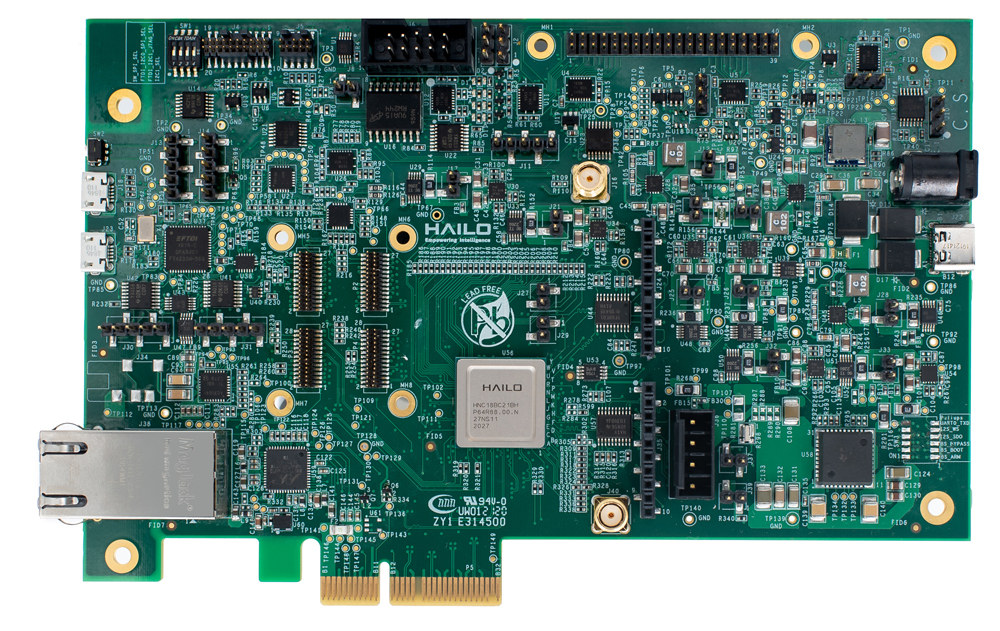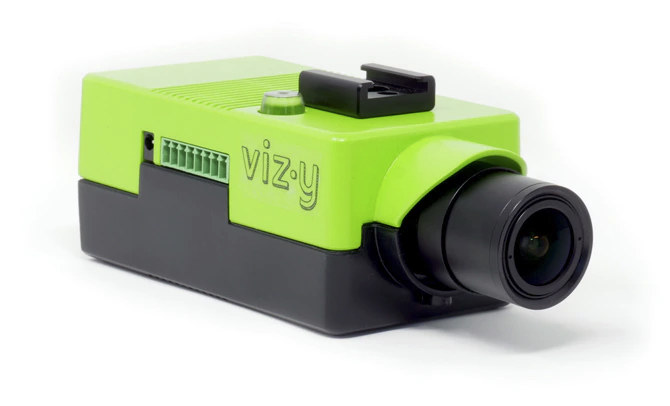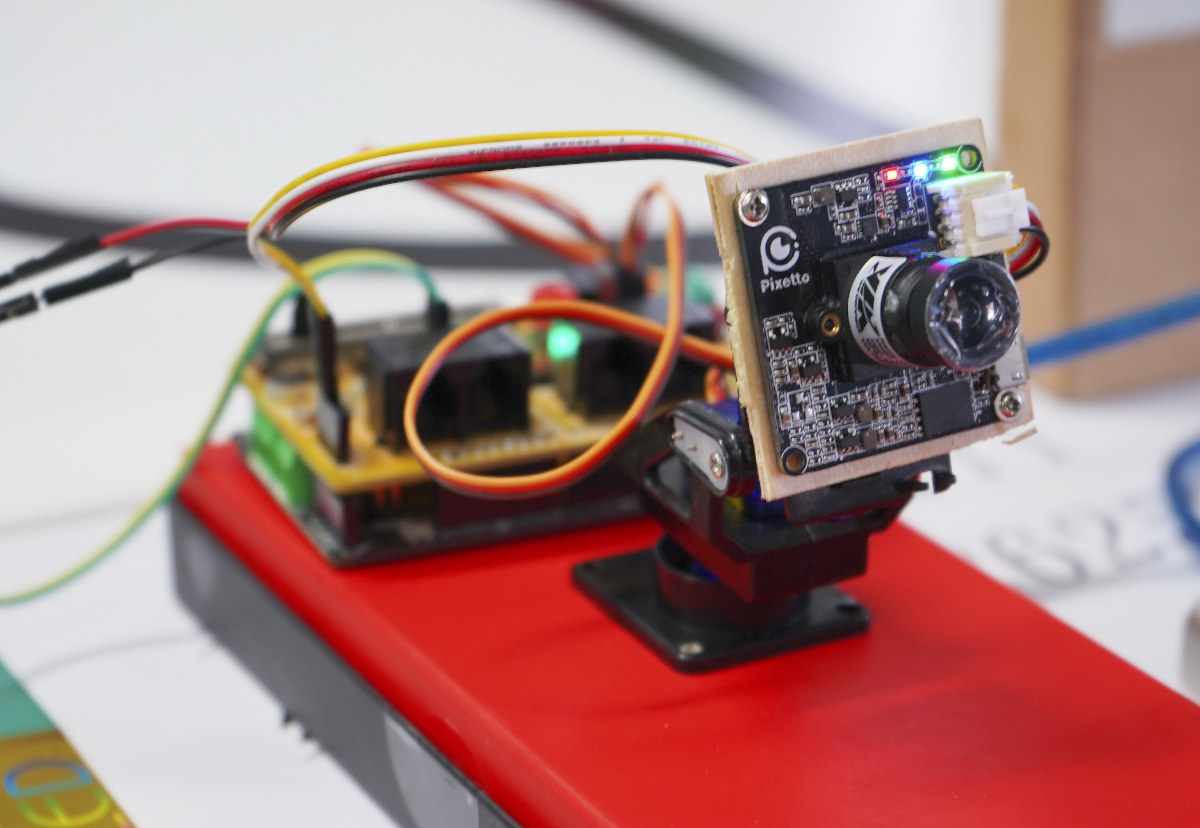In the past, Bluetooth, Wi-Fi, 3G, 4G with onboard sensors and GPS gave a huge start to the partial or conditional automation of the vehicles. In today’s era of 4G/5G C-V2X (Cellular vehicle-to-everything) with onboard compute and sensors have pushed the connectivity evolution in the automotive industry. Work has increased on high-automation and fully autonomous vehicles. This is all possible due to wireless communication which is 5G. 5G brings high bandwidth, ultra-low latency, and high reliability to the board. With these promises, it becomes very evident that these technologies, specifically with 5G that can be leveraged in vehicles. The technology is not just to connect vehicles, but also tries to see if a vehicle can connect to a network to get some information from the cloud servers. For the use case of vehicles platooning, we can expect a latency of 10 ms with 99.99% reliability and a high data rate […]
M1108 AI accelerator chip delivers up to 35 TOPS for high-end edge AI applications
Last week, Mythic announced a breakthrough with compute-in-memory technology based on a 40 nm process with what the company claims to be the industry’s first Analog Matrix Processor. The M1108 AMP AI accelerator chip targets high-end edge AI applications including smart home, AR/VR, drones, and is said to set a benchmark in the industry for high performance and low power in a single cost-effective device, also available in M.2 and PCIe form factors. The M1108 comes with an array of flash cells, ADCs, a 32-bit RISC-V nano-processor, a SIMD vector engine, SRAM, and a high-throughput Network-on-Chip (NOC) router. With 108 AMP tiles, the M1108 provides up to 35 Trillion-Operations-per-Second (TOPS) enabling ResNet-50 at up to 870 fps. This enables a power-efficient execution of complex AI models such as ResNet-50, YOLOv3, and OpenPose Body25. The industry leader NVIDIA also has a similar AI accelerator chip NVIDIA Xavier AGX which delivers up […]
Arm Ethos-U65 microNPU enables low-power AI inference on Cortex-A & Neoverse SoC’s
Arm introduced their very first microNPU (Micro Neural Processing Unit) for microcontrollers at the beginning of the year with Arm Ethos-U55 designed for Cortex-M microcontrollers such as Cortex-M55, and delivering 64 to 512 GOPS of AI inference performance or up to a 480x increase in ML performance over Cortex-M CPU inference. The company has now unveiled an update with Arm Ethos-U65 microNPU that maintains the efficiency of Ethos-U55 but enables neural network acceleration in higher performance embedded devices powered by Arm Cortex-A and Arm Neoverse SoCs. Arm Ethos-U65 delivers up to 1 TOPS, and as seen in the diagram enables features that can not be done with Ethos-U55 including object classification and real-time classification. Compared to Ethos-N78 NPU, the new microNPU offers less AI performance, but a significantly higher efficiency although AFAIK no quantified by Arm. The company says the development workflow remains the same with the use of the […]
Google Coral Dev Board mini SBC is now available for $100
Google Coral SBC was the first development board with Google Edge TPU. The AI accelerator was combined with an NXP i.MX 8M quad-core Arm Cortex-A53 processor and 1GB RAM to provide an all-in-all AI edge computing platform. It launched for $175, and now still retails for $160 which may not be affordable to students and hobbyists. Google announced a new model called Coral Dev Board Mini last January, and the good news is that the board is now available for pre-order for just under $100 on Seeed Studio with shipping scheduled to start by the end of the month. Coral Dev Board Mini specifications haven’t changed much since the original announcement, but we know a few more details: SoC – MediaTek MT8167S quad-core Arm Cortex-A35 processor @ 1.3 GHz with Imagination PowerVR GE8300 GPU AI/ML accelerator – Google Edge TPU coprocessor with up to 4 TOPS as part of Coral […]
FPGA powered Corazon-AI gateway supports up to 8 IP cameras for video analytics
Earlier this year, we covered some video analytics solutions based on AAEON UP Xtreme Edge embedded computer combining an Intel Whiskey Lake processor with Intel Movidius Myriad X AI accelerator modules, as well as video management & analytics software solutions from Milestones & SAIMOS, or aotu.ai BrainFrame. iWave Systems has now introduced a similar solution with Corazon-AI gateway capable of handling up to 8 IP cameras in real-time, but instead of relying on AI accelerators, the company leverages Xilinx Zynq Ultrascale+ Arm Cortex-A53/R5 FPGA MPSoC for AI inference. Corazon-AI gateway specifications: SoC – Xilinz Zynq Ultrascale+ ZU2, ZU3, ZU4 or ZU5 MPSoC Processing System (PS) Quad/Dual Arm Cortex-A53 @ 1.5GHz, dual Cortex-R5 @ 600MHz Arm Mali-400MP2 GPU @ 677MHz H.264/H.265 Video Encoder/Decoder Programming Logic (PL) Up to 256K Logic cells PL GTH Transceivers x 4 @ 12.5 Gbps System Memory 64bit, 2GB DDR4 with ECC for PS (upgradable) 32bit, 1GB […]
Learn more about Hailo-8 AI accelerator and understanding AI benchmarks
Last week we wrote about Hailo-8 M.2 card delivering up to 26 TOPS of AI performance, and comparing well against Google Edge TPU and Intel Movidius Myriad X both in terms of footprint, performance, and efficiency. I’ve since then had a conference call with Liran Bar, VP of Business Development for Hailo, where we had time to discuss more about Hailo’s AI solutions, and how to interpret & understand AI benchmarks that may be misleading in many instances. Hailo-8 Architecture In the first post, we noted the chip managed to get the extra performance and efficiency thanks to a “proprietary novel structure-driven Data Flow architecture instead of the usual Von Neumann architecture”. But that’s a bit abstract, so Liran told me one of the key reasons for the performance improvement is that RAM is self-contained without the need for external DRAM like other solutions. This decreases latency a lot and […]
Vizy AI camera runs Tensorflow, OpenCV, PyTorch on Raspberry Pi 4 (Crowdfunding)
We previously covered Charmed Labs PIXY2 computer vision camera based on an NXP LPC4330 microcontrollers that worked with Arduino, Raspberry Pi, and other development boards. The company is now back with a fully integrated more powerful solution with Vizy AI camera featuring a Raspberry Pi 4 SBC with up to 8GB RAM. Vizy AI camera key features and specifications: SBC – Raspberry Pi 4 with Broadcom BCM2711 quad-core Arm Cortex-72 processor, up to 8 GB RAM Camera – High-resolution camera based on Sony iMX477 12.3 MP sensor that can capture at over 300 frames/second and support both daytime and nighttime viewing; Both M12 and C/CS lenses are supported Video Output – 2x micro HDMI ports Audio – Analog stereo audio port Networking – Gigabit Ethernet, dual-band WiFi 5, and Bluetooth 5.0 USB – 2x USB 3.0 ports, 2x USB 2.0, 1x USB Type-C port from Raspberry Pi 4 (But not […]
VIA Pixetto Hi3518E V300 HD Camera Board Targets Artificial Intelligence and Machine Learning Education
VIA Technologies has launched the VIA Pixetto vision sensor aims to teach artificial intelligence (AI) and machine learning (ML) to students aged twelve and above. The Linux board features an Hisilicon Hi3518E V300 Cortex-A7 HD camera SoC combined with 64MB RAM, 128MB SPI flash, a MicroSD slot, as well as GalaxyCore GC2053 2M CMOS sensor offering 1920 x 1080 resolution and a 130° field of view. VIA Pixetto hardware specifications: SoC – Hisilicon Hi3518E V300 Cortex-A7 HD camera SoC @ 900 MHz with H.264, H.265, MJPEG/JPEG encoder System Memory – 64MB DDR, MicroSD card slot Storage – 128MB SPI flash Camera – GalaxyCore GC2053 2M CMOS sensor with 1920 x 1080 resolution, 130° FoV Audio – Microphone USB – 1x Micro USB 2.0 port Connectivity – WiFi 4 via Hisilicon Hi1131 low-power Wi-Fi chip and ceramic antenna Expansion – Grove connector Misc – 3x LEDs (Power, OS boot, active status), […]


